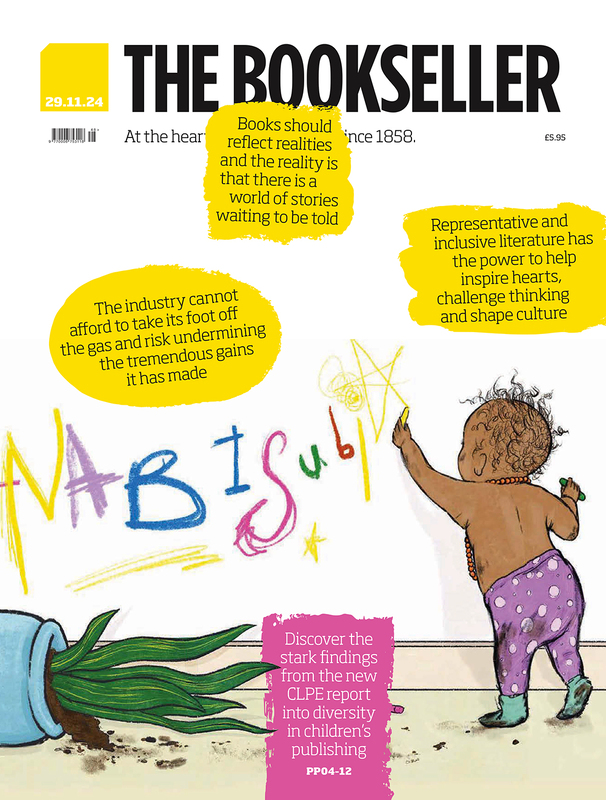You are viewing your 1 free article this month. Login to read more articles.
Animal Magic
BABIES AND TODDLERS
As Rod Campbell’s classic Dear Zoo celebrates 30 years of surprising and delighting young children, he explains its appeal
“I wrote to the zoo to send me a pet.” Written 30 years ago, that opening line is completely logical to a small child – I want a pet, and zoos are where you find animals, it’s as simple as that! But I don’t want an ordinary pet, so let’s see what they will send.
The starting point for the book was the fact that children love animals, and it had just become possible to produce books with flaps – ideal for pre-reader involvement. Setting the book in a zoo meant that the flaps revealing the animals needed to be boxes, crates, and so on to make any sense. The well-known zoo animals (elephants, lions, etc) also serve to emphasise certain early learning concepts through their traits, and even our emotional response to them. These two elements provided the final idea and storyline.
For the child, lifting the flap to reveal a loved animal provides its own reward, while pets’ particular traits (too fierce, too big) provide convincing reasons why they can’t be kept. Wild animals don’t make good pets, and finally the zoo sends the perfect (‘non-zoo’) pet that the reader is, by now, thoroughly delighted to receive!
Hopefully, among other things, Dear Zoo has introduced children to some zoo animals, or at least confirmed what they already knew about them. I feel that while the concept of a ‘zoo’ is changing, the chance for a child to experience the amazing variety of animal life in one place is invaluable.
YOUNGER CHILDREN
In Rebecca Elliott’s Zoo Girl, the sad reality of some zoos doesn’t match the childhood fantasies
The image that finally led to me writing Zoo Girl was lodged in my head for years. It was a little girl looking lonely and lost, sat hunched up on the floor of a zoo while the animals gathered around her, staring at her in wonder – as we do at them – and asking her what was wrong. I frequently came back to this idea, and eventually spun around it a story of a troubled girl with no family who is taken on a trip to the zoo and left behind – only to find acceptance, friendship and love among the animals.
I always try to write about what excited me as a child. Stories of feral, Mowgli-esque children have always fascinated me, and I daydreamed of living among animals. Zoo Girl is about a girl who finds it difficult to express her emotions to people – she finds it much easier to relate to animals, who expect so little and unconditionally give so much. For me, the best zoos are places which, as well as offering a good zoological education, a fun day out and doing some impressive conservation work, also stir us emotionally, no matter what our age. It can’t just be me who can be moved to tears looking into the deep, knowing eyes of an orangutan? I think first-hand experience of animals is vital in children’s education – how are we to understand our own place in the world without an understanding of who we share this planet with?
While at university, I had the chance to work part-time in a small zoo, but unfortunately it turned out that the five wonderful minutes spent feeding bananas to the lemurs was surrounded by six hours of shovelling poo. I’d rather spend my working days in the romantic literary zoo in my head.













